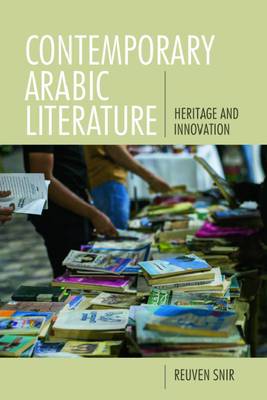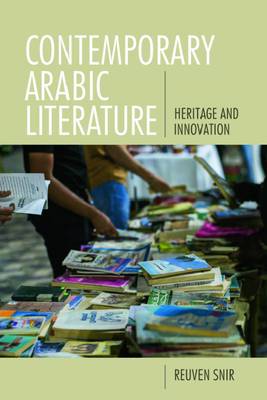
- Afhalen na 1 uur in een winkel met voorraad
- Gratis thuislevering in België vanaf € 30
- Ruim aanbod met 7 miljoen producten
- Afhalen na 1 uur in een winkel met voorraad
- Gratis thuislevering in België vanaf € 30
- Ruim aanbod met 7 miljoen producten
Zoeken
€ 173,45
+ 346 punten
Omschrijving
Volume I examines the ways in which contemporary Arab authors communicate with two major sources of inspiration: the first, is the rich Arabic literary heritage whether it has been embodied in texts or concrete experiences, real or imaginary. The second are other cultures and literatures which have become sources for direct or indirect loans for Arabic literature. Both sources are essential for our understanding of the nature of contemporary Arabic literary works. The relationship between modern and medieval Arabic literature is indispensable; moreover, the literariness of any Arabic literary text cannot be isolated from the history of Arabic literature. Also, the role and function of Arabic literature, the nature of its literary criticism and scholarship, the relations between religious, political, and other activities within Arab culture and its literary production-all may be modelled in Arab culture in relation to other culture or cultures.
Specificaties
Betrokkenen
- Auteur(s):
- Uitgeverij:
Inhoud
- Aantal bladzijden:
- 400
- Taal:
- Engels
Eigenschappen
- Productcode (EAN):
- 9781399503259
- Verschijningsdatum:
- 28/02/2023
- Uitvoering:
- Hardcover
- Formaat:
- Genaaid
- Afmetingen:
- 156 mm x 234 mm
- Gewicht:
- 789 g

Alleen bij Standaard Boekhandel
+ 346 punten op je klantenkaart van Standaard Boekhandel
Beoordelingen
We publiceren alleen reviews die voldoen aan de voorwaarden voor reviews. Bekijk onze voorwaarden voor reviews.











